Airline Passenger Rights: New DOT Protections for Travelers with Disabilities
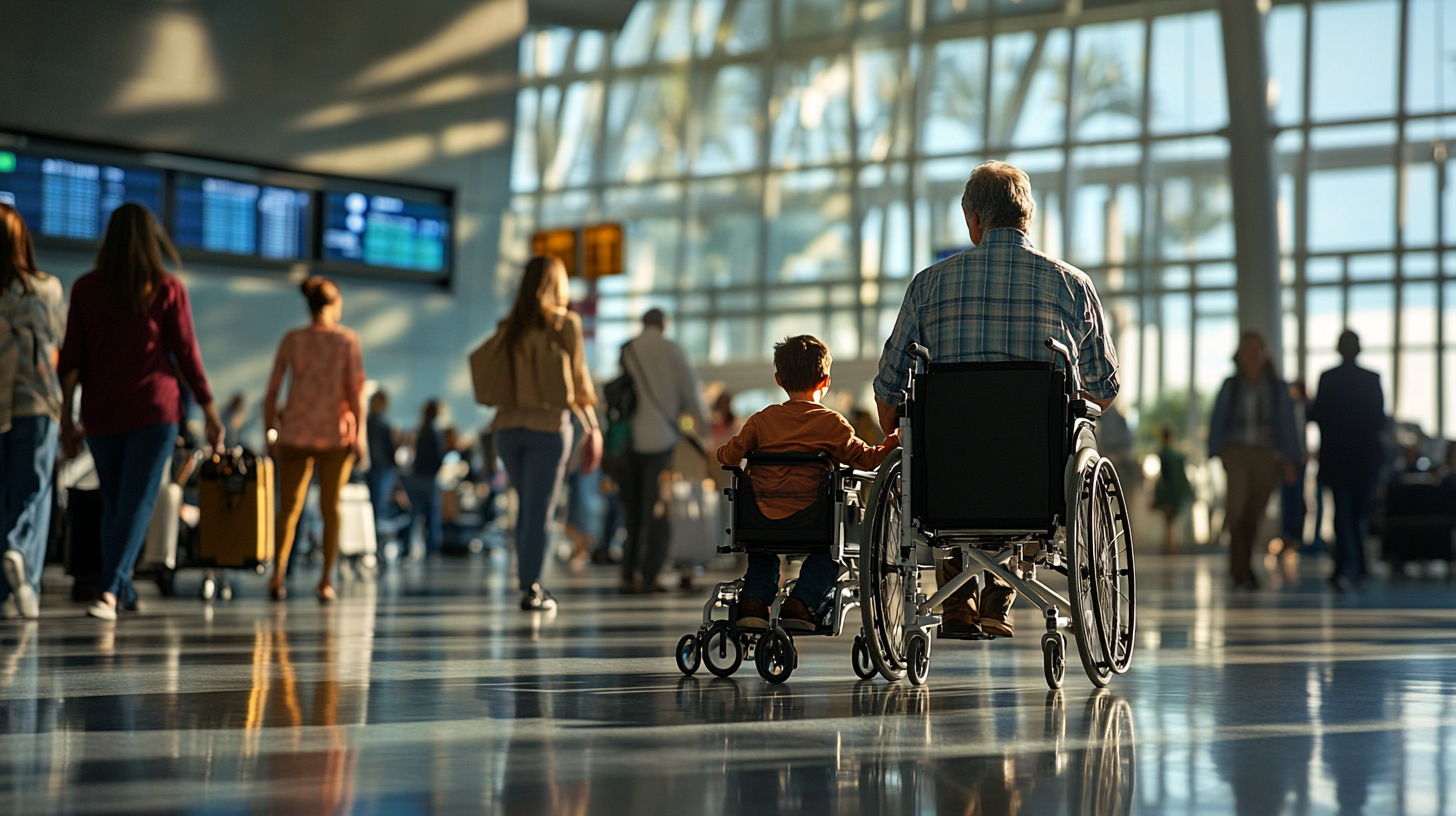
The U.S. Department of Transportation (DOT), under the leadership of Secretary Pete Buttigieg, has announced significant new protections for airline passengers with disabilities. Effective January 16, 2025, these groundbreaking rules mark a monumental step toward enhancing accessibility and dignity for the estimated 5.5 million Americans who use wheelchairs during air travel. As air transportation becomes increasingly essential in our interconnected world, ensuring equal access for all passengers is more important than ever. This comprehensive analysis delves into these new protections, examines their impact on the flying experience, and provides actionable tips on how travelers can leverage these enhanced rights.
Background: The Need for Change
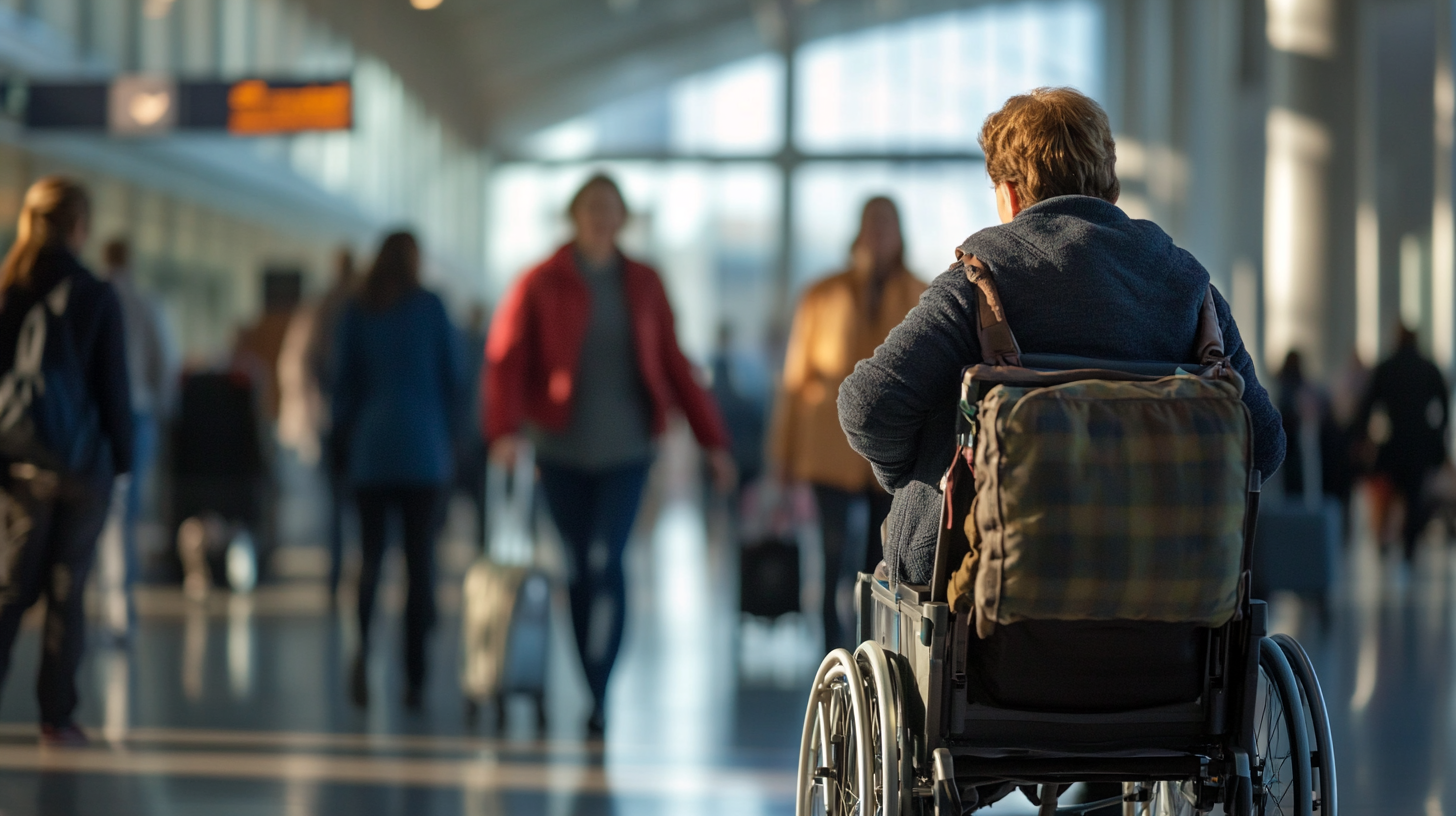
For years, air travelers with disabilities have faced numerous challenges, ranging from inadequate assistance during boarding procedures to the mishandling of essential mobility devices. Such obstacles not only cause inconvenience but also jeopardize the safety and independence of these passengers. Complaints about the treatment of passengers with disabilities have been on the rise, shedding light on systemic issues within the airline industry. Notably, the DOT fined American Airlines $50 million for repeated violations related to the mishandling of wheelchairs and inadequate support for disabled passengers. These incidents have underscored the urgent need for regulatory reforms to protect the rights and dignity of travelers with disabilities. Stories of damaged wheelchairs, lengthy delays, and insufficient assistance have highlighted the gap between existing policies and the lived experiences of passengers who rely on mobility aids.
Overview of the New Protections
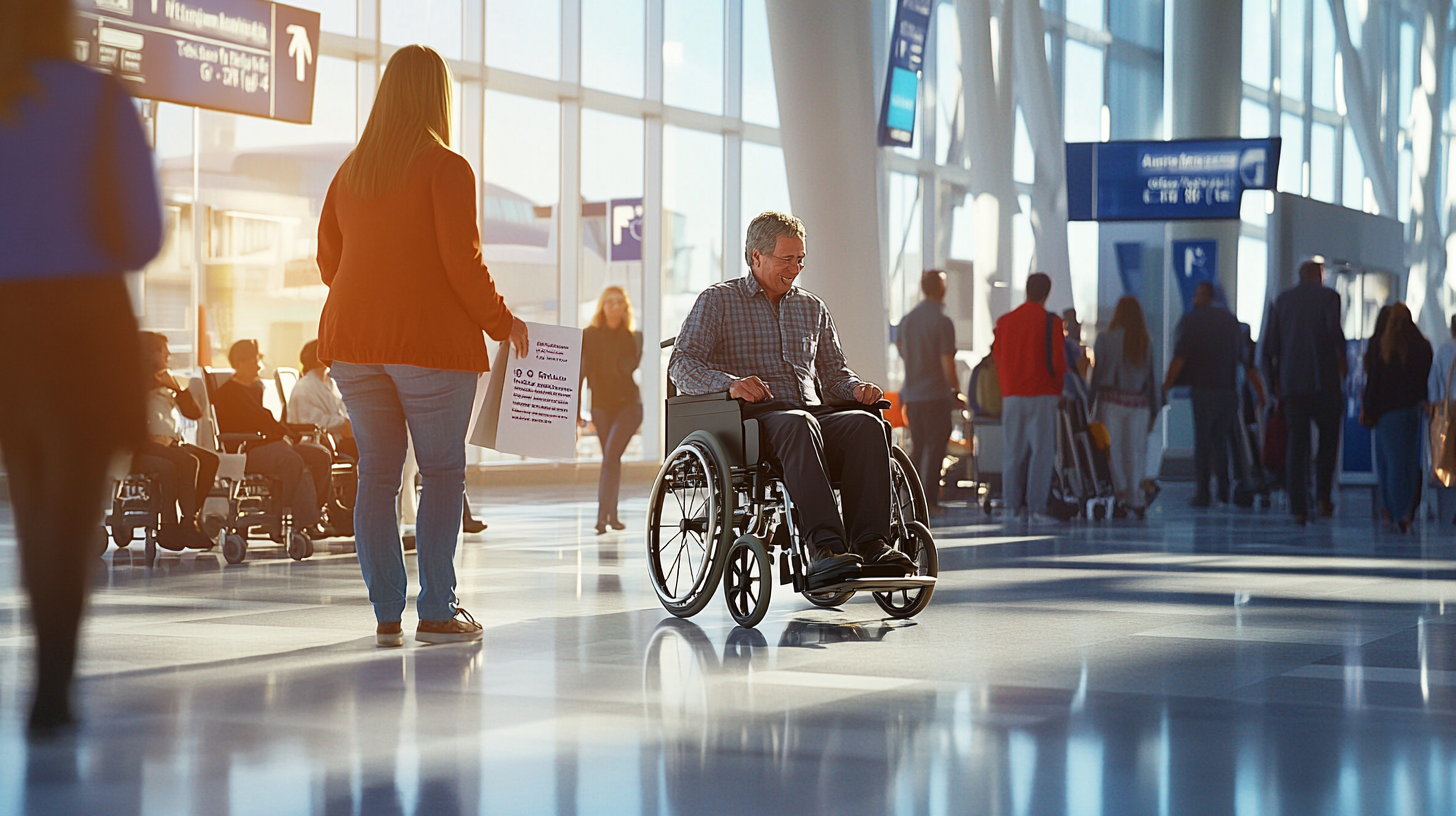
The DOT’s new regulations are comprehensive, addressing multiple facets of the travel experience for passengers with disabilities. They aim to create a more inclusive environment within the airline industry by enforcing standards that prioritize accessibility, transparency, and accountability.
Effective Dates and Compliance Deadlines
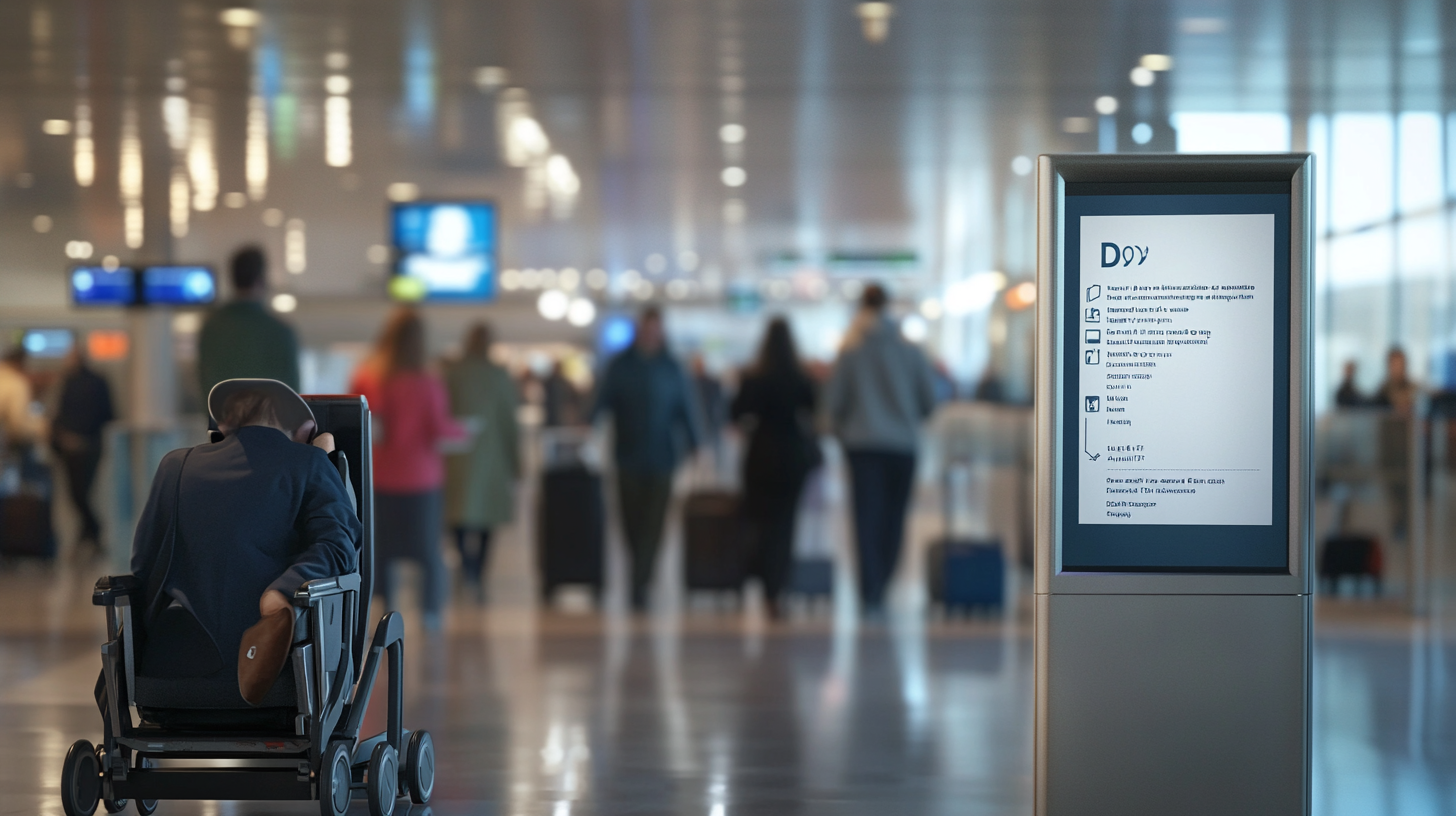
The new DOT rules will come into effect on January 16, 2025, with full compliance expected by June 17, 2026. This phased approach provides airlines with sufficient time to implement the necessary changes to their operations, training programs, and customer service protocols. The extended timeline reflects the scope of adjustments required and the DOT’s commitment to ensuring that airlines can meet these new standards effectively.
Mandatory Publication of Aircraft Specifications
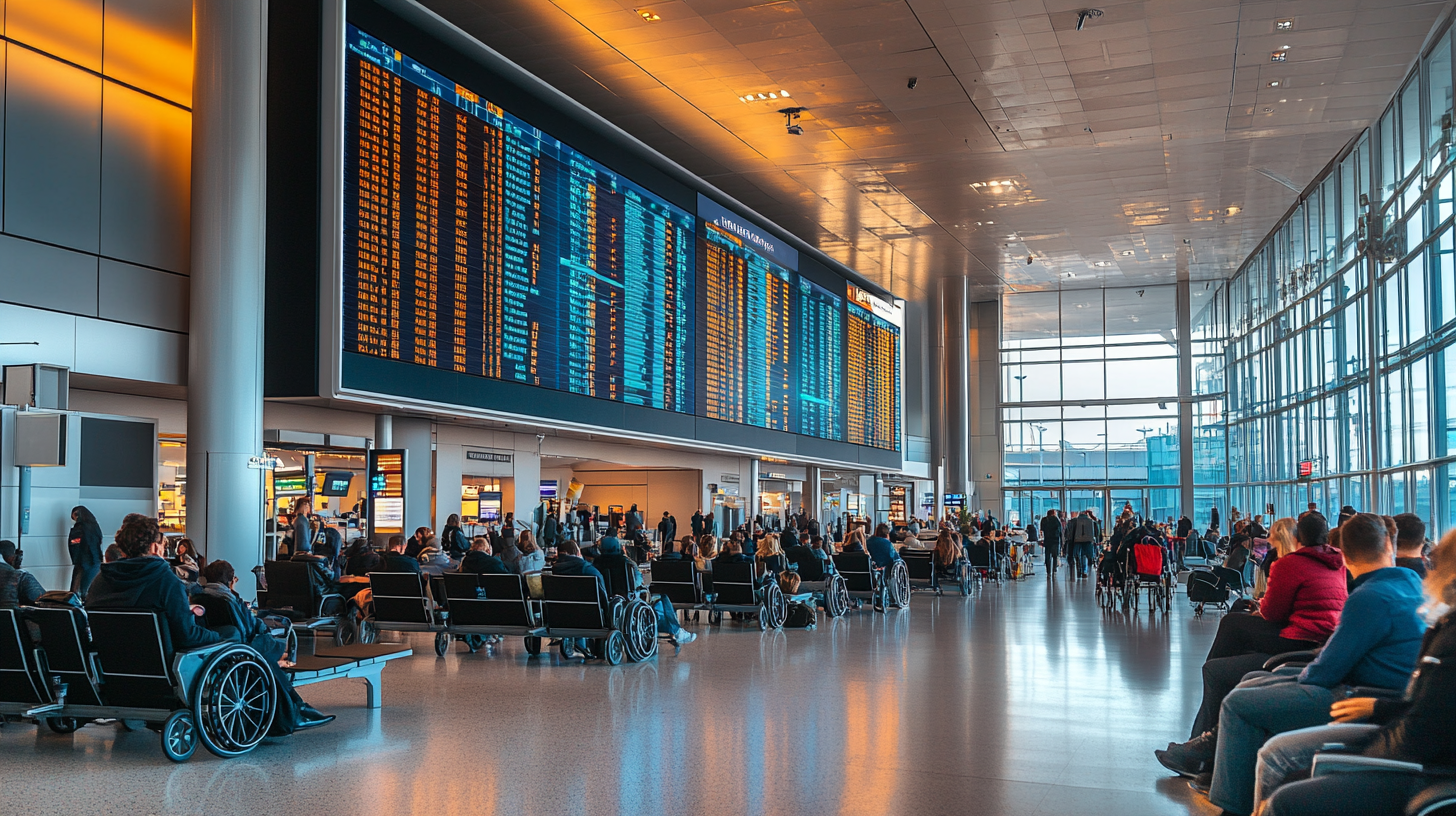
One of the key features of the new regulations is the requirement for airlines to publish detailed aircraft specifications online. This includes cargo hold dimensions, door sizes, and other relevant information that allows passengers to determine if their mobility devices can be accommodated. By providing transparent access to this information, airlines empower passengers to make informed decisions and plan their travel accordingly. This measure aims to eliminate the uncertainty that passengers with disabilities often face when booking flights, ensuring they can select flights that meet their specific needs. For more detailed guidelines on aircraft accessibility, refer to DOT’s Official Accessibility Requirements for Aircraft .
Enhanced Assistance and Training Requirements
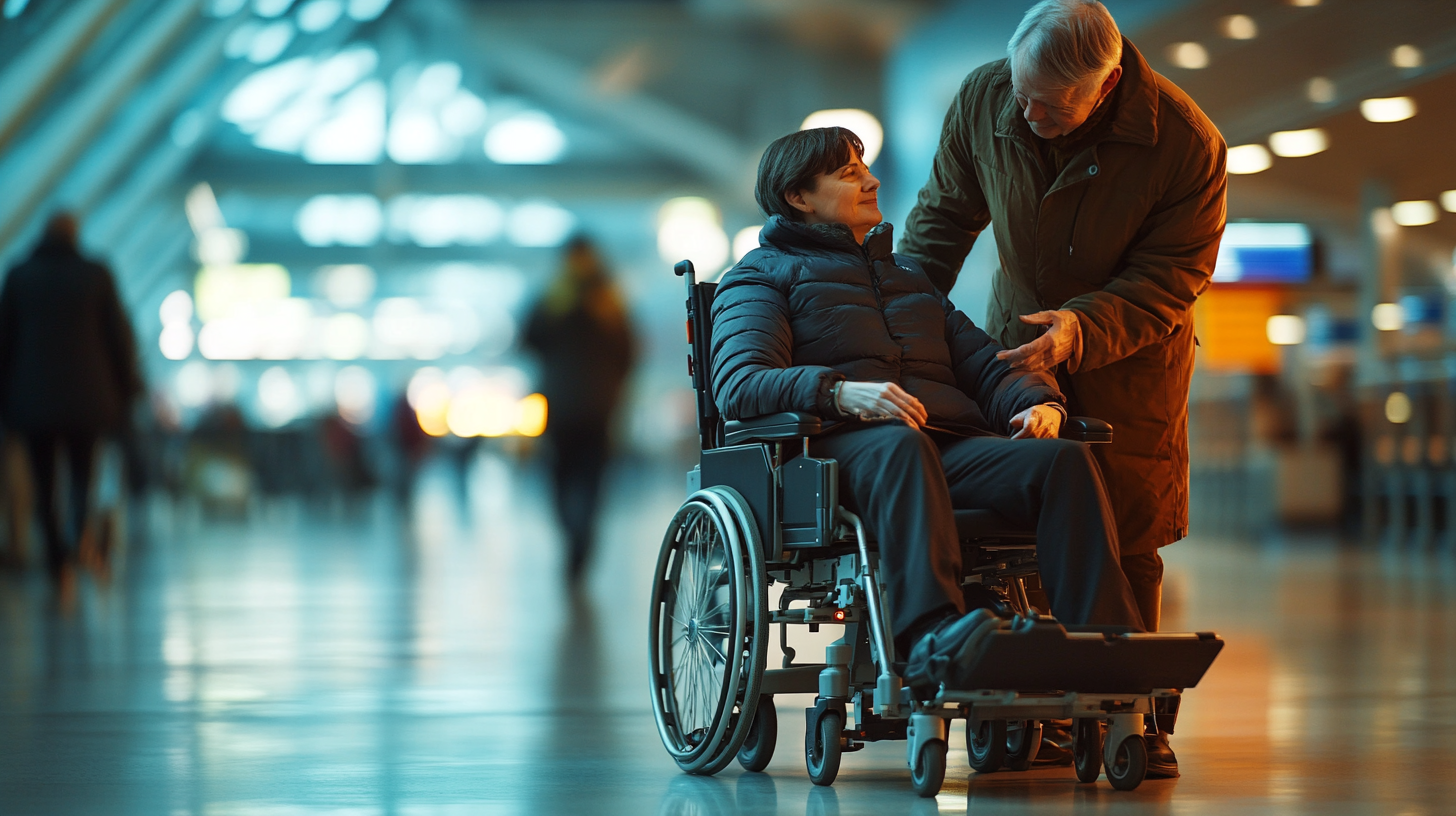
Airlines are now mandated to provide prompt, safe, and dignified assistance to passengers with disabilities. This encompasses assistance with boarding, deplaning, and making connections between flights. To ensure that staff are adequately prepared to meet these needs, airlines must conduct annual hands-on training for all personnel involved in assisting passengers with disabilities, to be completed by June 17, 2026. This training will cover the proper handling of mobility devices, effective communication strategies, and techniques for providing physical assistance. By standardizing training, the DOT aims to ensure consistent and compassionate service across all airlines and flights.
Improved Handling of Mobility Devices
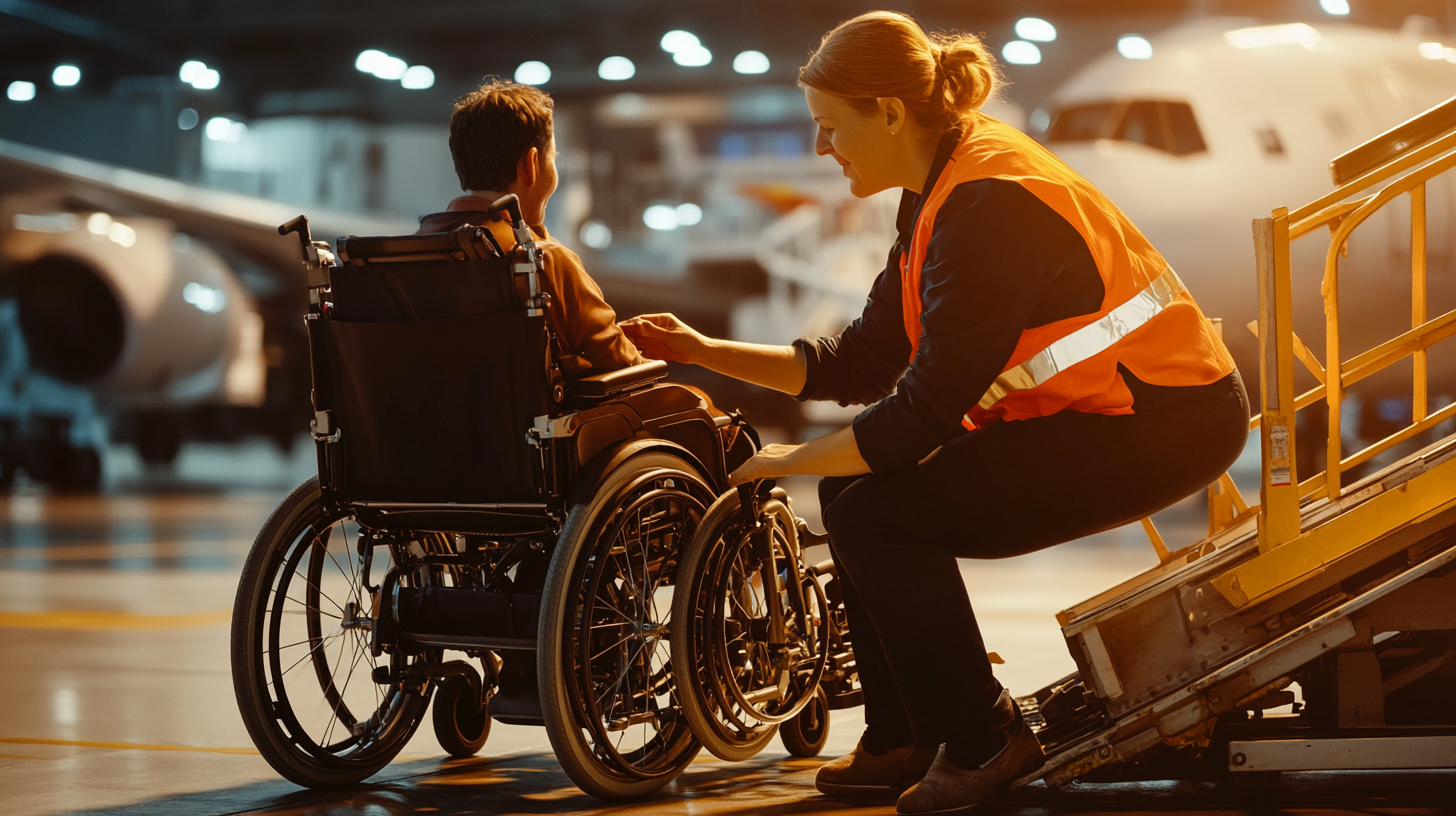
The mishandling of wheelchairs and mobility devices has been a long-standing issue, often resulting in damage or delays that significantly impact travelers. Such incidents can leave passengers stranded without essential equipment, severely affecting their independence and well-being. Under the new rules, airlines must:
- Return wheelchairs and scooters to passengers in the same condition in which they were received.
- Provide compensation for repairs if mobility devices are damaged during transit.
- Offer loaner wheelchairs promptly in the event of delays or mishandling, with devices to be returned within 24 to 30 hours.
- Notify passengers of their equipment’s status and transport delayed items on the next available flight.
These measures hold airlines accountable for the care of mobility devices, recognizing them as essential extensions of the passengers who use them. The financial implications of non-compliance serve as a strong incentive for airlines to handle these devices with the utmost care. For additional information on protecting mobility devices during air travel, consult Guide to Mobility Device Handling for Air Travelers .
Standardized Assistance Protocols
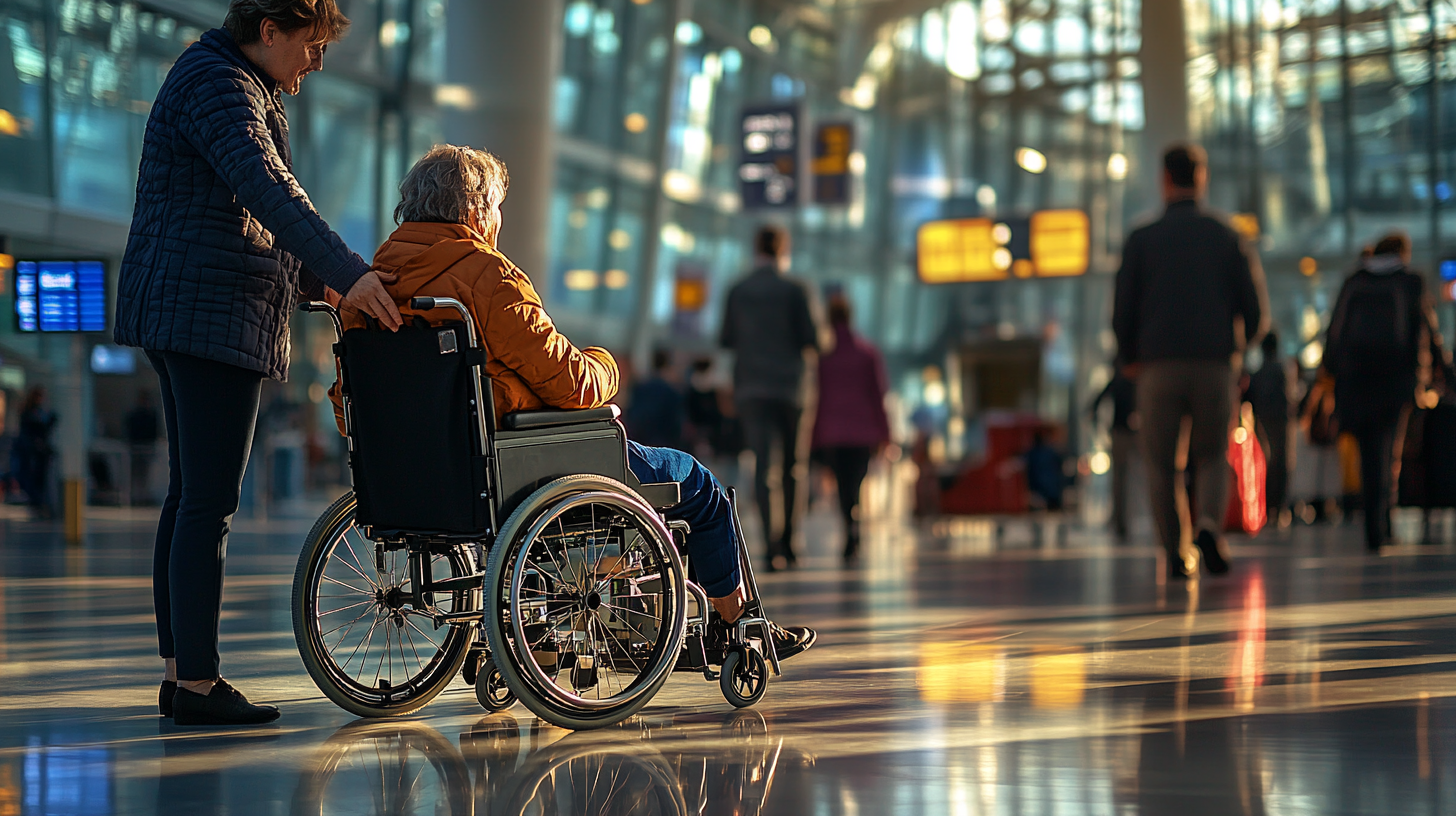
To eliminate inconsistencies in the assistance provided to passengers with disabilities, the DOT requires airlines to establish and follow standardized protocols. This ensures that all passengers receive the same level of care and support, regardless of the airline or airport. Standardization covers various aspects, including the availability of trained staff, the use of appropriate equipment for assistance, and clear communication with passengers about the services provided. By adhering to these protocols, airlines can minimize errors and enhance the overall travel experience for passengers with disabilities.
Publication of Cargo Hold Dimensions

By mandating the publication of cargo hold dimensions, the DOT aims to reduce instances where passengers are unaware that their mobility devices cannot be accommodated. This transparency allows travelers to make necessary arrangements in advance, reducing stress and uncertainty. Passengers can verify if their wheelchairs or scooters will fit in the aircraft’s cargo hold or if alternative arrangements need to be made. This proactive approach facilitates smoother travel planning and helps avoid last-minute complications at the airport. For tips on assessing cargo hold suitability, see Assessing Aircraft for Mobility Device Compatibility .
Alignment of On-Board Wheelchair Standards
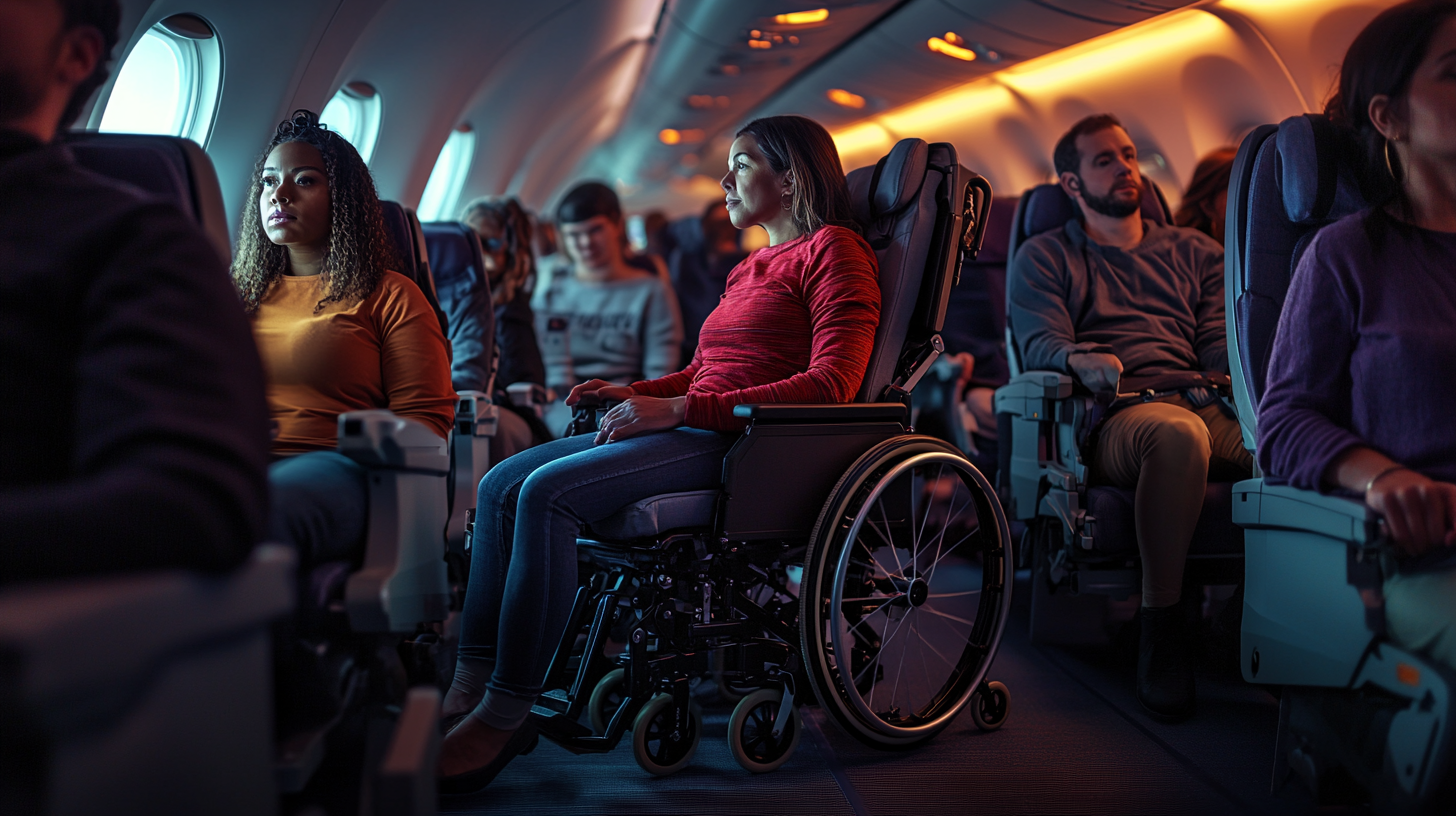
The new regulations also align on-board wheelchair standards for smaller aircraft with those of larger planes. This change ensures that passengers with disabilities have consistent and reliable access to necessary facilities across different types of aircraft. By standardizing equipment and accessibility features, the DOT seeks to eliminate disparities that have previously hindered passengers on certain flights. This alignment includes the availability of on-board wheelchairs that can navigate aircraft aisles and access lavatories, significantly enhancing in-flight comfort and autonomy for passengers with mobility impairments.
Impact on the Flying Experience
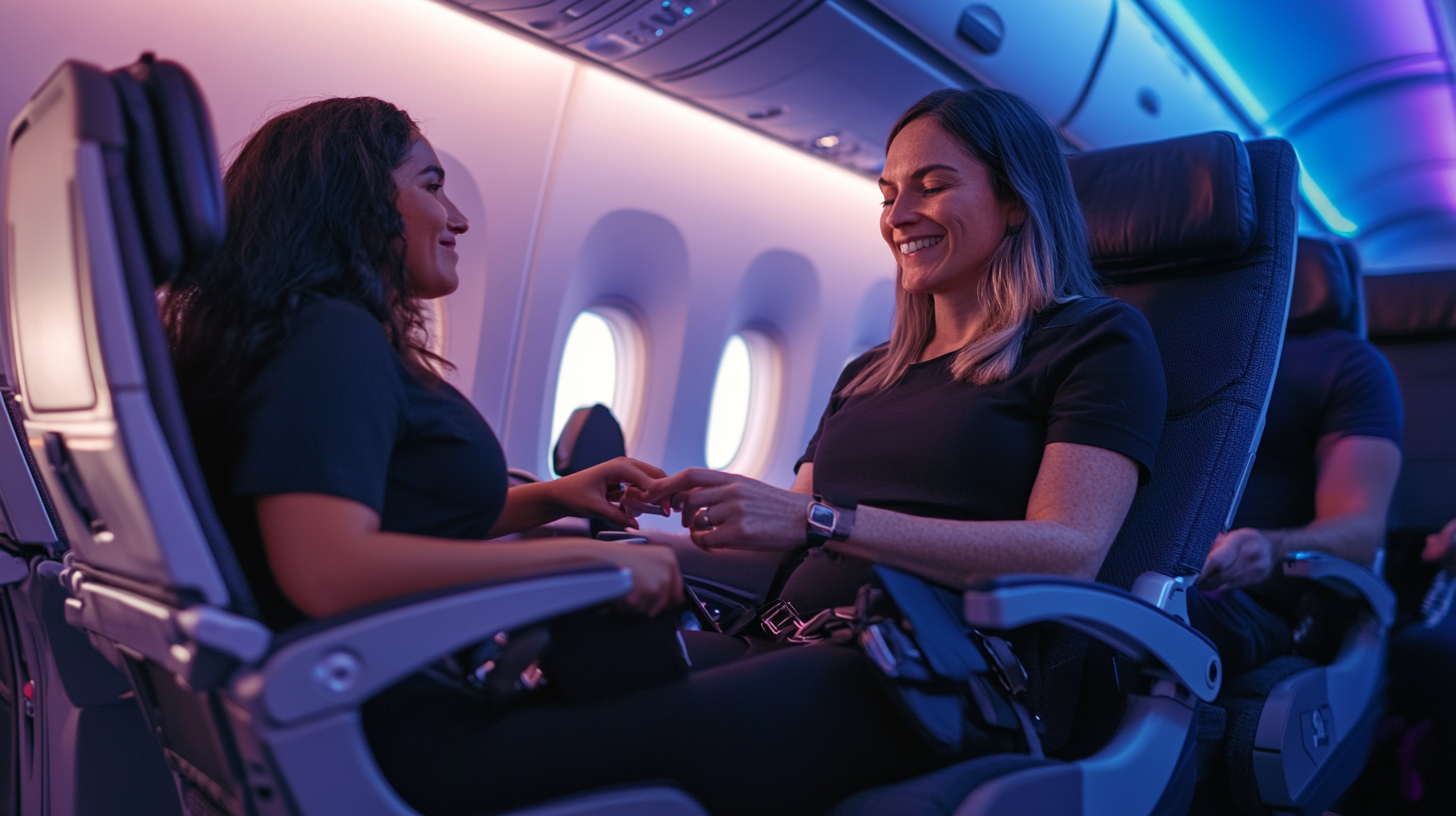
The introduction of these comprehensive protections signifies a new era of accountability for airlines and a significant improvement in the travel experience for passengers with disabilities. Travelers can expect a markedly enhanced journey, characterized by several key benefits:
- Enhanced Dignity and Respect: The emphasis on safe and dignified assistance acknowledges the rights of travelers with disabilities to be treated with the utmost respect. Passengers can anticipate interactions that are considerate of their needs and conducted in a professional manner.
- Reduced Anxiety: Transparent information about aircraft capabilities and standardized assistance protocols help alleviate the stress associated with uncertainty during travel. Knowing that specific accommodations are guaranteed allows passengers to focus on their journey rather than potential obstacles.
- Improved Accessibility: Consistent training of airline staff ensures that passengers receive the support they need throughout their journey. This includes seamless assistance during boarding, in-flight services, and deplaning procedures.
- Accountability for Airlines: The financial implications of mishandling mobility devices incentivize airlines to prioritize the careful handling of essential equipment. Passengers can expect their mobility devices to be treated with the same care as other valuable cargo.
Collectively, these improvements contribute to a more inclusive and equitable air travel environment. For insights into how these changes align with broader accessibility initiatives, refer to Global Accessibility Standards in Air Travel .
Tips for Travelers: Leveraging Your New Rights

While the new regulations provide robust protections, passengers can take proactive steps to ensure they fully benefit from these changes. The following tips offer guidance on how to navigate air travel effectively under the new DOT rules.
Before Your Flight
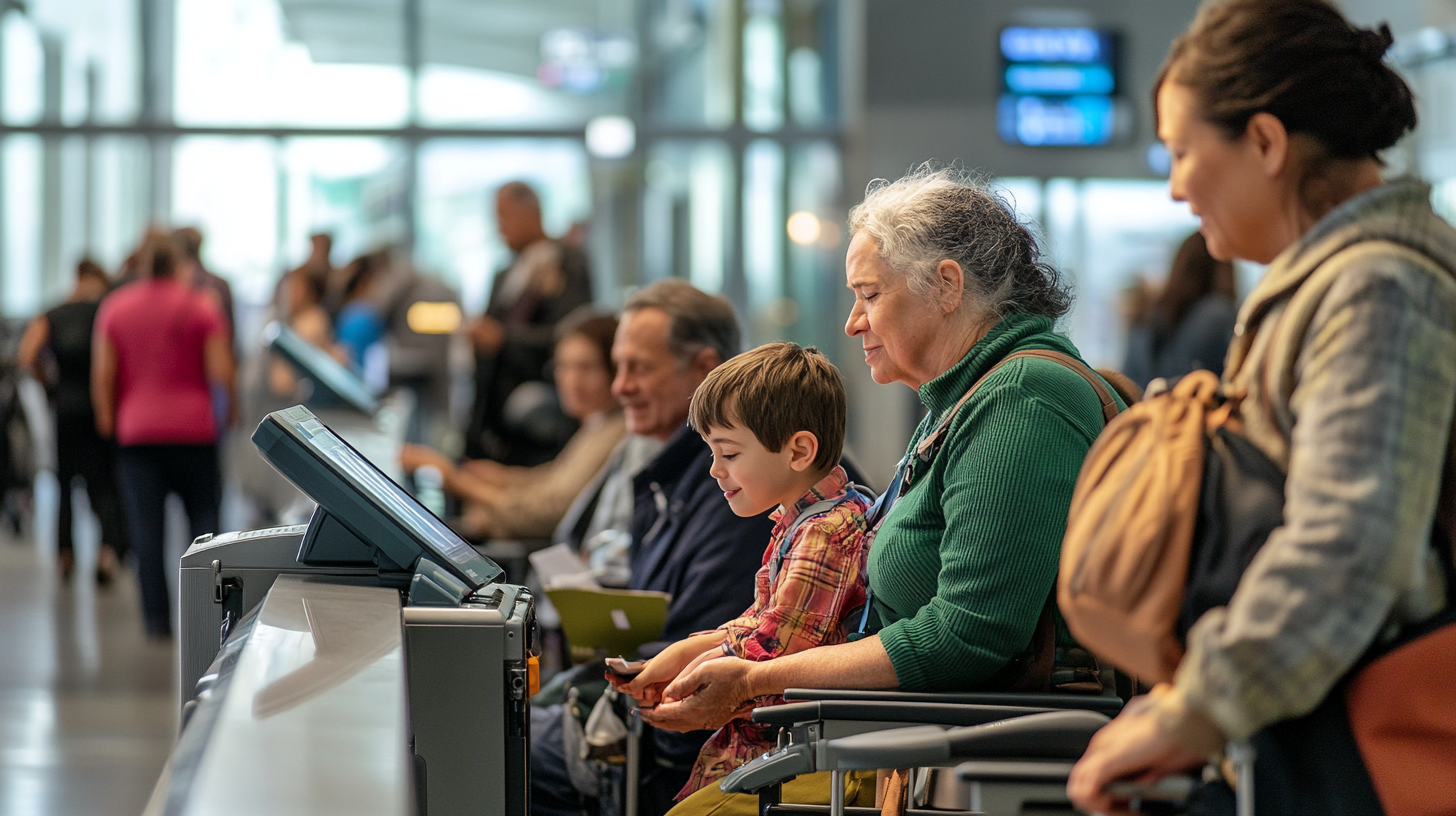
- Research Aircraft Specifications: Utilize the published cargo hold dimensions on airline websites to verify that your mobility device can be accommodated. This information can typically be found under the aircraft or fleet information sections. If in doubt, contact the airline directly for clarification.
- Communicate with the Airline: Inform the airline of your specific needs well in advance, including any assistance required during boarding or connections. Providing detailed information allows the airline to make the necessary arrangements to support you effectively. Airlines often have special assistance departments dedicated to these services.
- Understand the Policies: Familiarize yourself with the airline’s policies regarding mobility devices and assistance to ensure you know what to expect. Reviewing their accessibility services will help you prepare and assert your rights confidently. For a comprehensive list of airline policies, see Airline Accessibility Policies and Services .
During Your Journey
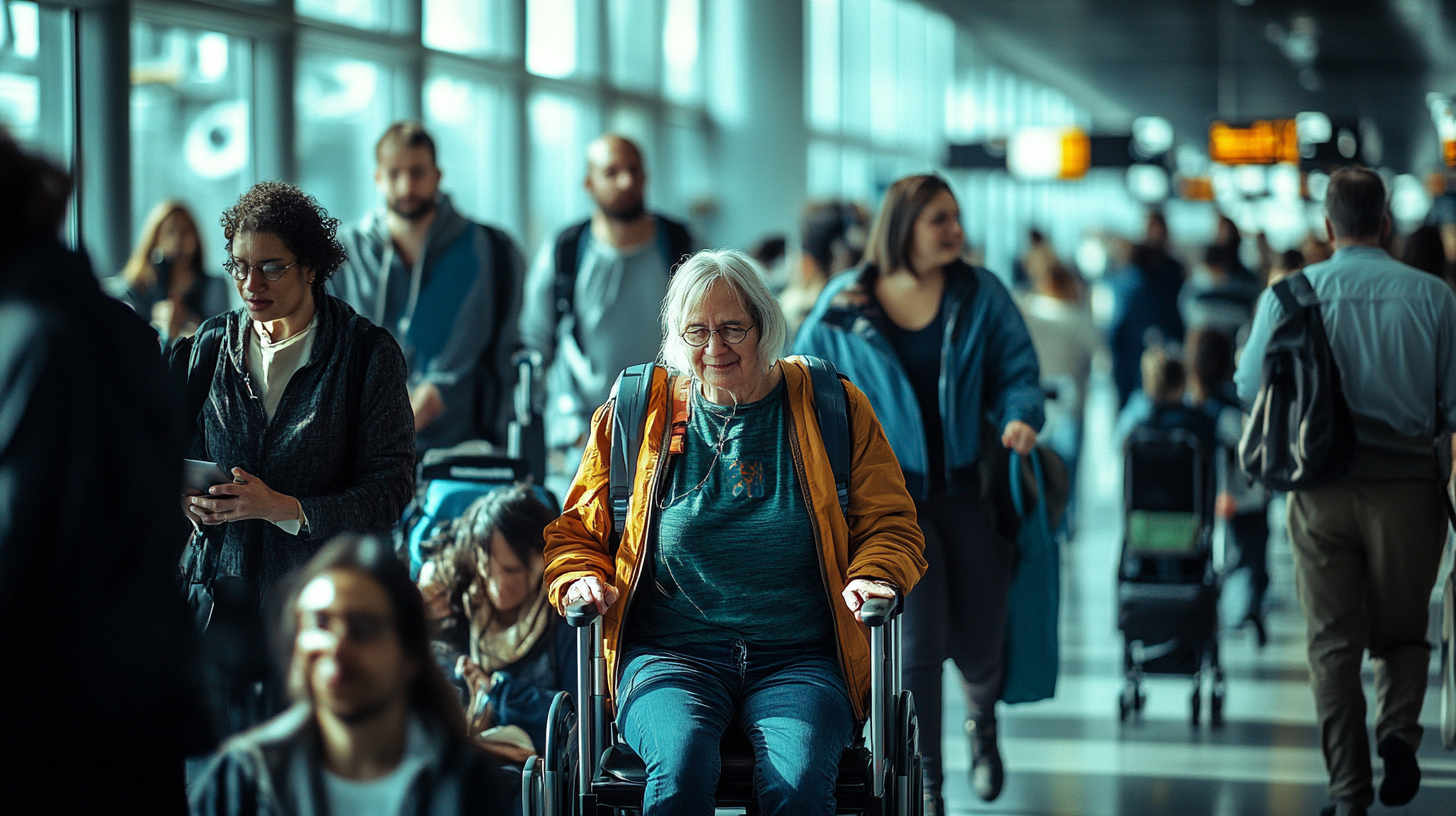
- Assert Your Rights: If assistance is not provided promptly or with dignity, politely remind airline staff of their obligations under the new DOT regulations. Being informed empowers you to advocate for the support you deserve.
- Keep Documentation Handy: Carry copies of any correspondence with the airline regarding your needs, as well as documentation of your mobility device’s specifications. This information can expedite solutions if any issues arise and serves as evidence of prior arrangements.
If Issues Arise
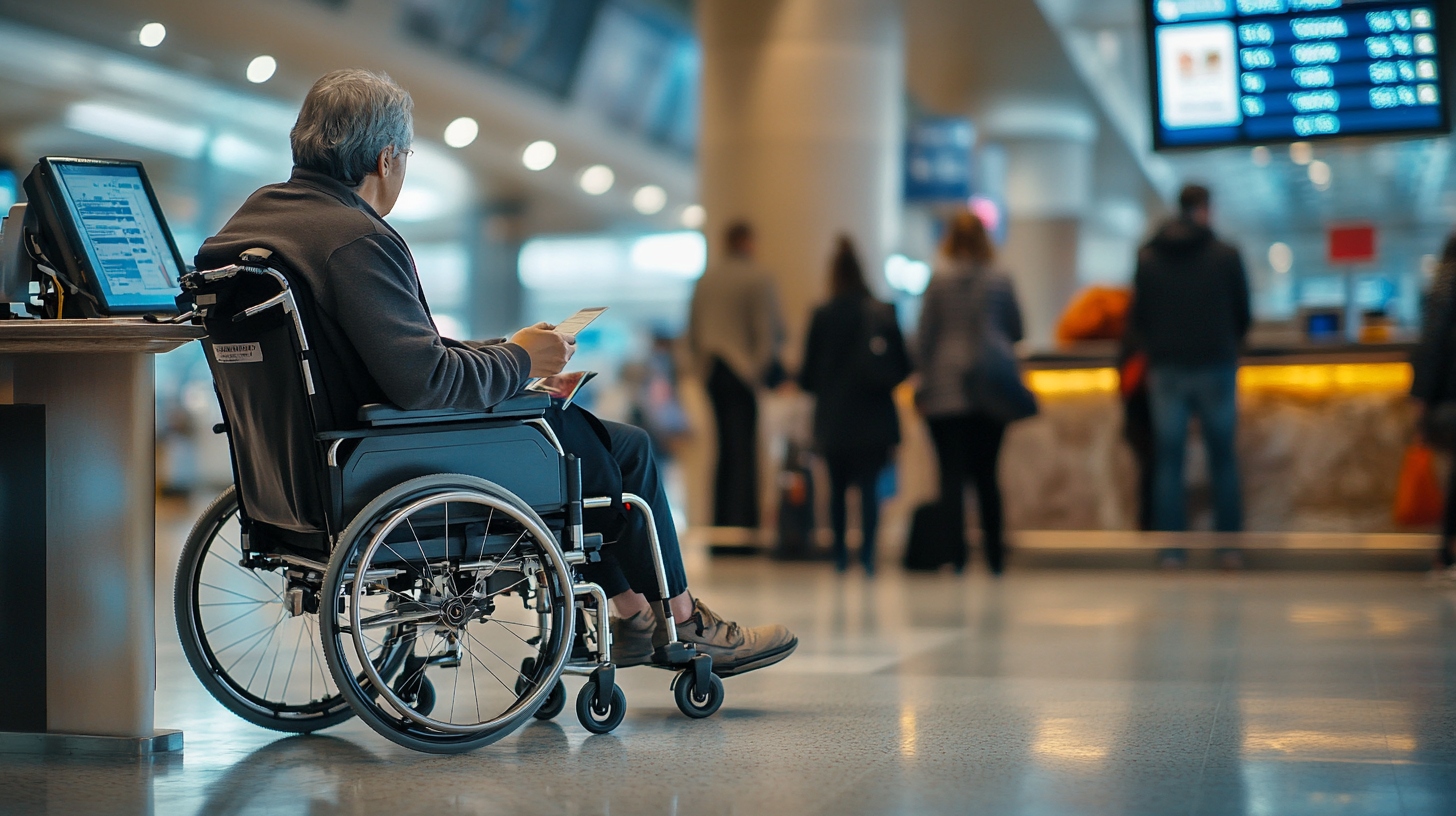
- Report Problems Immediately: Notify airline personnel as soon as possible if your mobility device is damaged or delayed. Prompt reporting increases the likelihood of a swift resolution.
- Request Compensation: Remember that airlines are required to cover repair costs and provide loaner equipment if your mobility device is mishandled. Do not hesitate to request the necessary support to mitigate any inconvenience.
- Follow Up: If necessary, file a formal complaint with the airline or the DOT to ensure your experience is documented and addressed. Detailed feedback can also contribute to ongoing improvements in airline services for passengers with disabilities. For guidance on filing complaints, consult How to Submit a Complaint to the DOT .
Looking Ahead: Future Initiatives
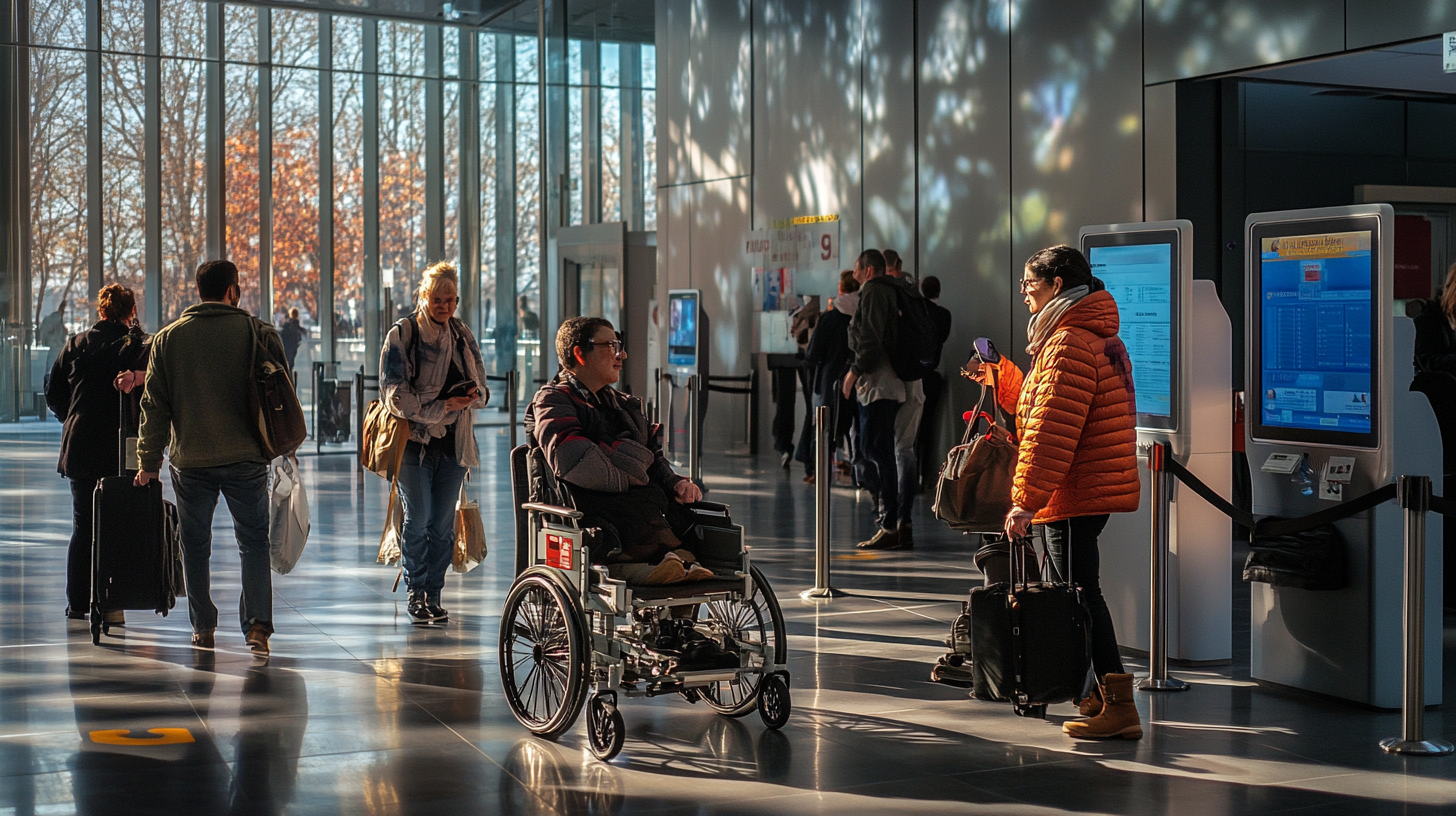
The DOT is actively considering additional measures to further enhance the travel experience for passengers with disabilities. One significant initiative under consideration is allowing passengers to remain in their own wheelchairs during flights. While this change is still in the planning stages, it reflects an ongoing commitment to improving accessibility and autonomy for travelers with disabilities. Such a development would represent a transformative leap forward, addressing one of the most significant challenges faced by wheelchair users in air travel. Staying informed about these potential changes can help travelers anticipate and prepare for future enhancements. For updates on this initiative, refer to DOT’s Proposed Wheelchair Accessibility Initiatives .
Final Thoughts

The new DOT protections represent a critical advancement in safeguarding the rights and dignity of air travelers with disabilities. By addressing longstanding issues and enforcing stringent standards, these regulations promise to significantly enhance the overall travel experience. Follow us back to Seat 5A for more insights and updates on travel rights and accessibility.






